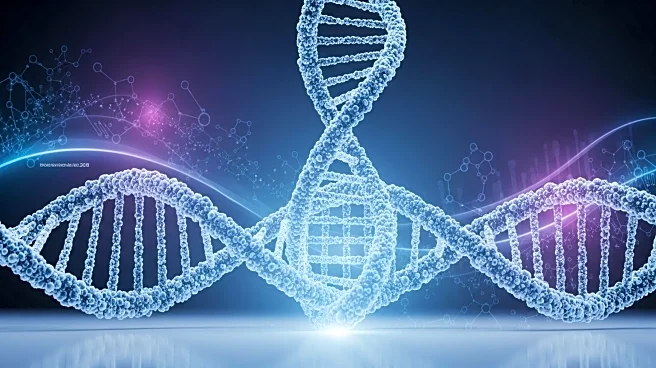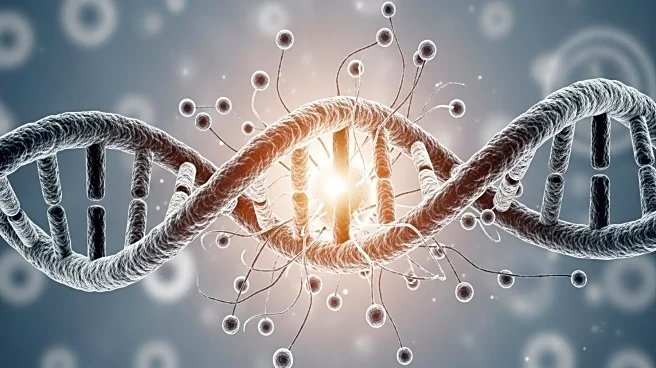What is the story about?
What's Happening?
A recent study has identified vitamin B3, also known as niacin, as a promising treatment for metabolic-associated fatty liver disease (MASLD), which affects approximately 30% of the global population. The research, led by Professor Jang Hyun Choi from the Department of Life Sciences at UNIST, along with collaborators from Pusan National University and Ulsan University Hospital, focused on the role of microRNA-93 (miR-93) in the liver. MiR-93 is a genetic regulator that exacerbates MASLD by suppressing the SIRT1 gene, which is crucial for lipid metabolism. The study found that high levels of miR-93 contribute to lipid accumulation, inflammation, and fibrosis in the liver. By using gene-editing techniques to block miR-93 in mice, researchers observed significant improvements in liver function and insulin sensitivity. Furthermore, niacin was identified as the most effective FDA-approved compound to suppress miR-93, leading to increased SIRT1 activity and normalized liver lipid homeostasis.
Why It's Important?
The discovery of niacin's potential to treat MASLD is significant because it offers a new therapeutic approach for a condition that previously lacked targeted treatments. Given that niacin is already an established and safe medication for hyperlipidemia, its repurposing for MASLD could expedite clinical applications and provide a cost-effective solution. This breakthrough could benefit millions of individuals suffering from fatty liver disease, potentially reducing healthcare costs and improving patient outcomes. The study also highlights the importance of understanding genetic factors in disease progression, paving the way for more personalized medicine approaches in treating liver diseases.
What's Next?
The research team suggests that niacin could be used in combination therapies targeting miRNA pathways in MASLD. Further clinical trials are likely needed to confirm the efficacy and safety of niacin in treating human patients with MASLD. If successful, this could lead to the development of new treatment protocols and guidelines for managing fatty liver disease. Additionally, the study may encourage further exploration of other FDA-approved compounds that could modulate miRNA pathways, potentially leading to new treatments for various metabolic disorders.
Beyond the Headlines
The study underscores the potential of repurposing existing medications to address complex genetic pathways involved in disease progression. This approach not only accelerates the availability of treatments but also reduces the risk associated with developing new drugs from scratch. The findings may also stimulate interest in the broader application of gene-editing techniques to manage other genetic disorders, highlighting the intersection of genetics and pharmacology in modern medicine.
AI Generated Content
Do you find this article useful?














